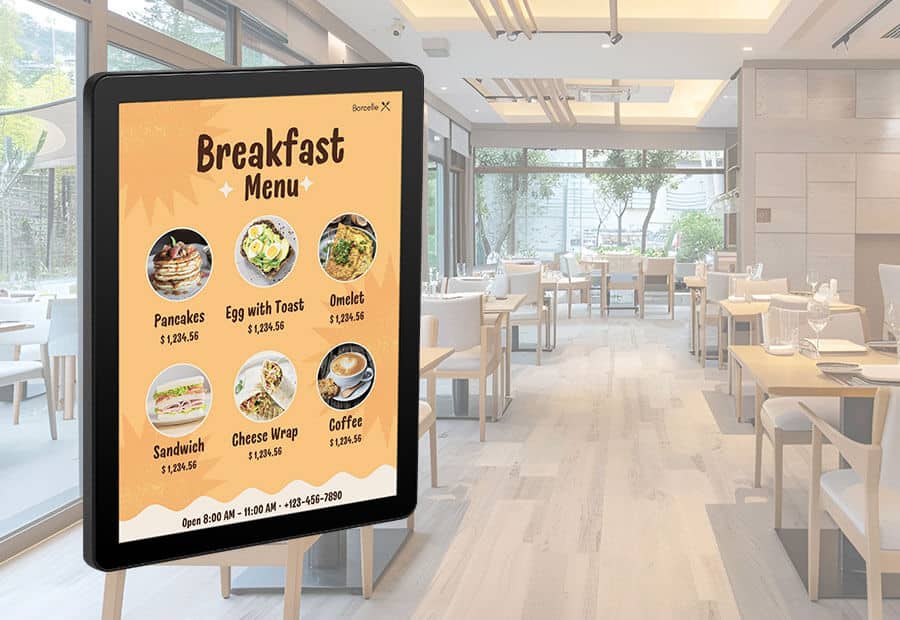The Environmental Benefits of Using Electronic Paper Displays
The Environmental Benefits of Using Electronic Paper Displays
Blog Article
Display technology is becoming a built-in element of our daily lives, showing in from smartphones and e-readers to large-scale marketing panels. Among the diverse array of E ink electronic paper display, OLED (Organic Light-Emitting Diodes), and LED (Light-Emitting Diodes) have appeared as some of the very generally mentioned options. While each type provides its own special purpose, their differences in features, performance, and use cases make them suited to unique applications. Let's have a closer consider the important traits of the display technologies.
Electronic Paper displays (ePaper)
Electronic Paper displays, also known as ePaper or Electronic Ink displays, are designed to simulate the looks and readability of traditional Ink on paper. This technology employs little microcapsules comprising charged black and bright contaminants suspended in a definite fluid. When a power area is used, the contaminants proceed to either side of the tablet, creating a visible image. The picture stays fixed until another electric area is applied, making it suitable for presenting text-based material such as books, papers, and e-readers.

One of the principal advantages of ePaper displays is their low power consumption. Unlike conventional LCD
Understanding Electronic Paper displays
An electronic Paper display (ePaper) mimics the looks of Ink on paper. Unlike standard displays, ePaper depends on their power to reflect ambient mild rather than emitting their own. That engineering not just decreases attention stress but in addition gives unparalleled readability in sunlight, rendering it perfect for e-readers and electronic signage solutions.
One standout feature of ePaper displays is their incredibly reduced power consumption. Because they simply use energy when changing material, ePaper screens are highly efficient and suitable for battery-powered devices. But, their refresh costs are slower compared to OLED and LED displays, decreasing their applicability to fixed or minimally energetic content.
OLED displays
OLED displays are noted for their gorgeous visual quality, providing vivid colors, serious greens, and outstanding contrast. Each pixel within an OLED display produces its gentle, removing the need for a backlight. That not only enables leaner, more lightweight styles but in addition benefits in greater energy effectiveness in comparison to LED in certain scenarios.
One critical advantageous asset of OLED displays is their flexibility. They could be produced in curved or foldable models, creating them common in cutting-edge smartphones and wearable devices. But, OLED monitors include problems, such as for instance susceptibility to burn-in and shorter lifespans compared to different technologies.
LED displays
LED displays, the most typical of the three, count on a backlit process to gentle their pixels. Without as successfully impressive as OLED E ink signage, LEDs are extremely sturdy, long-lasting, and cost-effective. These features cause them to become suited to a larger selection of purposes, including TVs, computer watches, and outside advertising.
LED displays generally accomplish properly with regards to perfection, creating them a good choice for conditions with large surrounding light. Nevertheless, they flunk in achieving the same heavy comparison and color reliability as OLED technology.

Final Comparison
When determining between ePaper, OLED, and LED displays, the choice depends largely on the intended purpose. For static content like reading or signage, ePaper excels using its low power usage and large presence in natural light. OLED shines in purposes wherever vibrant shades and mobility are paramount. Meanwhile, LED stays a reliable and cost-efficient option for a number of general-purpose needs.
Each display technology brings something unique to the table, ensuring that there is a great choice for every situation. Knowledge these variations can help users and firms produce knowledgeable choices that suit their particular display requirements. Report this page